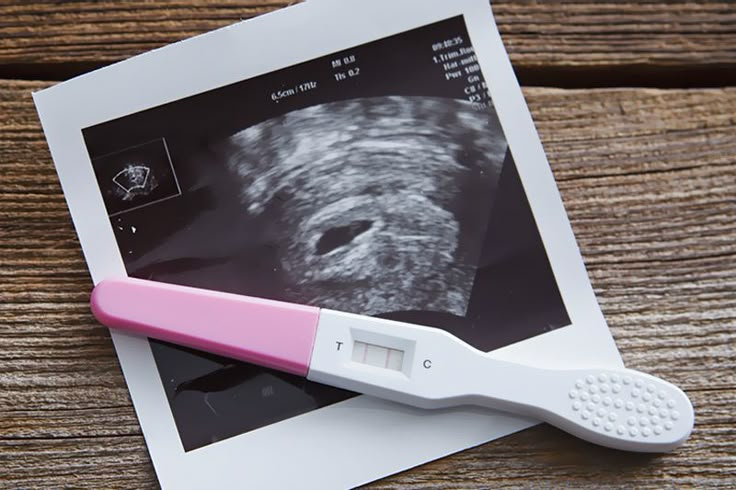Pregnancy is the biological state of carrying a developing embryo or fetus within the female body, typically lasting about 40 weeks from the first day of the last menstrual period to childbirth. It begins with conception, which occurs when a sperm cell fertilizes an egg cell in the fallopian tube, resulting in the formation of a zygote.
After fertilization, the zygote undergoes rapid cell division as it travels toward the uterus, becoming a blastocyst. Around six to ten days after fertilization, implantation occurs — the blastocyst embeds itself in the uterine lining. This marks the start of early embryonic development, where the basic structures for vital organs and body systems begin to form.
Pregnancy is typically divided into three trimesters, each representing a distinct stage of fetal development and maternal change:
- The first trimester (weeks 1–12) is marked by major organ formation, hormonal changes, and early physical symptoms like nausea, fatigue, and breast tenderness.
- The second trimester (weeks 13–26) is often considered the most comfortable phase. The fetus continues to grow, and the mother may start to feel fetal movements, known as quickening.
- The third trimester (weeks 27–40) involves rapid fetal growth and final preparations for labor. The baby’s lungs, brain, and immune system mature, and the mother experiences physical discomfort from the growing uterus.
Pregnancy confirmation typically involves a missed menstrual period followed by a positive home pregnancy test, which detects the hormone human chorionic gonadotropin (hCG). Medical care includes ultrasounds and blood tests to assess fetal health, estimate the due date, and monitor maternal well-being.
In summary, pregnancy is a complex, multifaceted process that initiates the journey toward childbirth, involving intricate biological events and significant changes in the mother’s body from conception to labor.

